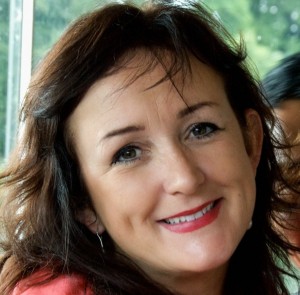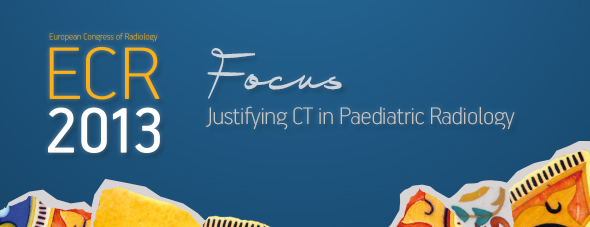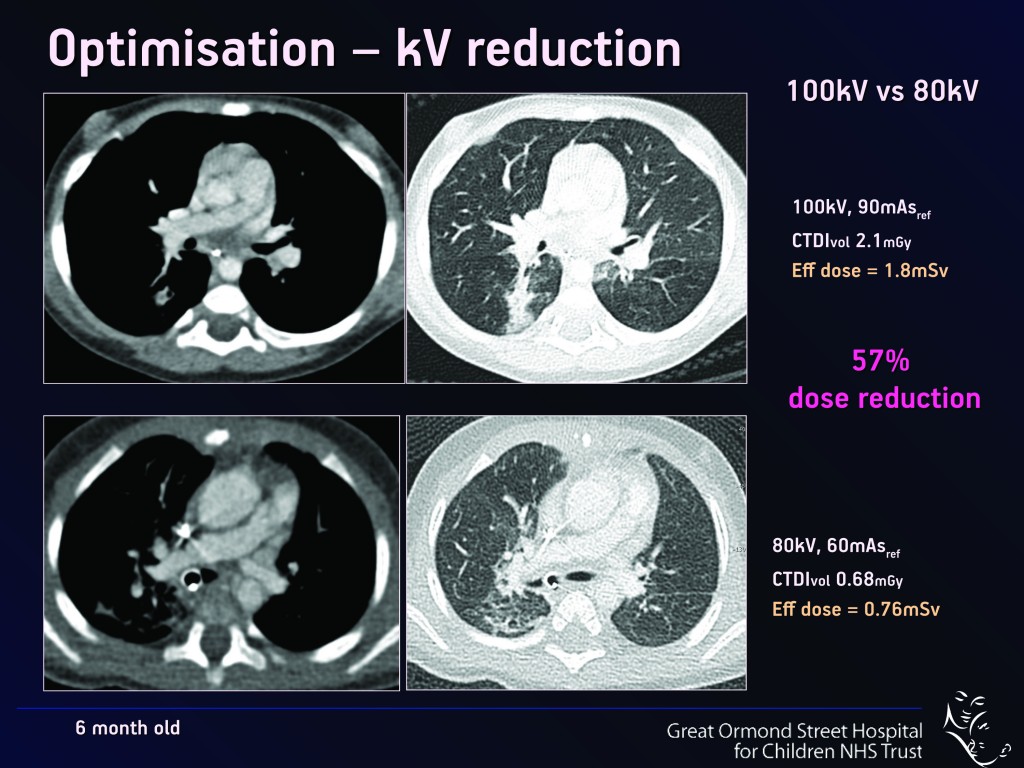Interview: Dr. Catherine Owens, chair of the ESR Subspecialties and Allied Sciences Committee
Organisations that represent professionals working in radiological subspeciaties and allied sciences are vital parts of the ESR community. The ESR has its own body – the Subspecialties and Allied Sciences Committee – that is dedicated to discussing and highlighting issues that affect these groups. We spoke to chairperson Dr. Catherine Owens to find out about her role, the committee’s functions and some of the items on its current agenda.
ESR Office: What is the main purpose of the Subspecialties and Allied Sciences Committee (SASC) and how does it operate?
Catherine Owens: The SASC was formed to unite all of the important subspecialties within clinical radiology, and the important allied healthcare professionals. The committee is made up of the presidents of each of the ESR’s Subspecialties and Allied Sciences Member Societies. This provides a forum to highlight the common issues within radiology and to try to empower the individual groups to understand and help find joint solutions. As a united group we are more able to increase our powers to lobby national and EU groups to solve some of the current challenges facing radiologists.
Practically speaking, the committee coordinates initiatives related to pertinent issues within all subspecialties in radiology and allied disciplines, in cooperation with the Education Committee for specific educational issues and with the Quality, Safety and Standards Committee for specific professional issues. In addition, the committee assists the European Congress of Radiology Programme Planning Committee in the preparation of the educational and scientific programme for the annual ECR meetings.
Specific tasks and responsibilities of the group include revising detailed curricula for subspecialty training in liaison with the Education Committee; devising Strategies to support the provision of subspecialist radiology; providing liaison between European subspecialty societies, allied sciences societies and the ESR; and contributing to the overall strategies of the ESR related to professional issues, training harmonisation and research collaboration.



